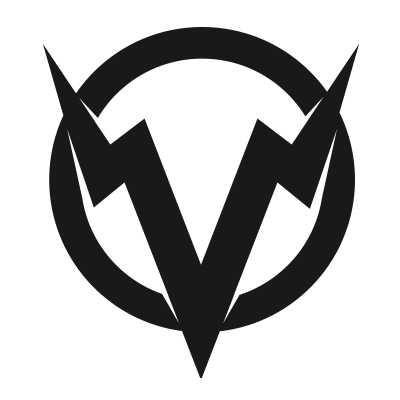In 20 minutes, establish a 2 rep max overhead squat
Then, every minute on the minute for 5 minutes:
1 Overhead squat as heavy as possible (must be taken from ground and brought to back)
Post loads to comments and BTWB

Volume training for weaknesses, By Courtney Shepherd and Brian Wilson of Potomac CrossFit
Several months ago a Verve athlete came to me with an article and a question about improving weaknesses. He told me he had 1 big weakness that had reared it’s ugly head several times recently during WODs, and that he wanted to find a way to target this weakness and improve it. He brought with him an article from the CrossFit Journal title “Volume Training For Goats”, and wondered if this was a good approach to building his ring dips. Since that conversation I’ve had several other athletes approach me about weaknesses in both pull-ups and push-ups. I will tell you what I told each of these athletes, I think volume training is a great approach to working weaknesses, specifically those involving bodyweight movements.
At the beginning of workouts you may have even heard me make mention about volume just before discussing scaling. For example, a workout has 5 rounds with 20 pull-ups per round, making the total volume of pull-ups 100. The question becomes what volume of pull-ups are you capable of? Because if the most pull-ups you have done in a workout successfully is 50, then the idea of trying to go for 100 in the current workout is not a good one. A better idea would be to aim for a total volume of 60-65 pull-ups, split over the 5 rounds. By doing this we are increasing your volume of pull-ups and keeping you successful as well as working in the intended intensity.
That would be a way to address volume in a WOD. The above mentioned article addresses volume with additional programming outside of the daily workout.
“This training technique—called volume training—has been used in various forms; it is characterized by specific and repetitive training for a weakness. It could be fielding ground balls with a backhand technique in baseball, shooting free throws in basketball, or pressing to handstand in gymnastics. The goal is to develop proprioception and endurance—defined as the ability to reproduce a movement many times over or at length—in that specific modal capacity.“
Brian Wilson of Potomac CrossFit has been using volume training with his athletes, while volume training can be used for any human movement, Brian has found “that upper-body gymnastics movements (e.g., handstand push-ups, pull-ups, ring dips, push-ups, muscle-ups) see the greatest relative improvement with this method.”
Brian uses a 20 minute system, when I have used it for myself and suggested it to others, I have used a 10 minute system. The idea with either is the same: perform reps every minute on the minute, working sub-maximally (not reaching muscle failure) and to maintain a difference of no more than 2 reps from the first set to the last set. The athlete’s goal is to continue to progress in total number of reps completed per session, while still not going beyond 2 in the difference between the 1st minute and the last minute. An example of what this might look like for someone working on HSPUs using the 20 minute system, is shown below:

Over the course of 5 sessions, this athletes volume of HSPU has gone from 23 to 50. In the article Brian states he has his athletes do this 20 minute work twice per week. I think a better way to say that would be do a session every 3 to 4 days. This is not something that should be done every day, however going too long between sessions will hinder progress.
“A key concept to remember is the athlete should work at a sub-maximal effort. This training method is designed to allow the athlete to practice the movement with near- perfect form, not to create a significant metabolic-conditioning response.“
That’s right folks “near perfect form”. This type of training does not good if we are performing a movement with poor form and barely eking out reps. So if you have ever felt like your push-ups seem to stink and never seem to get better, perhaps you should drop in to an open gym time, set a clock for 10-20 minutes, and every minute on the minute perform some push-ups. While you may feel like this is silly, a good starting place is simply 1 rep every minute on the minute. . . with near perfect form for all reps. You can build from there. On that note, whichever time frame you choose, use the same time frame every time. It would be hard to track progress if every session lasts for a different amount of time.
Lastly, volume training should be prescribed for athletes who have trained regularly for several months or years but still have one or two modalities that need improvement. While this plan might be of use for beginners, it is more important to first build capacity in the general physical preparedness programming that is CrossFit. Build basic strength and capacity before worrying about isolating movements.
For full article, click here.
